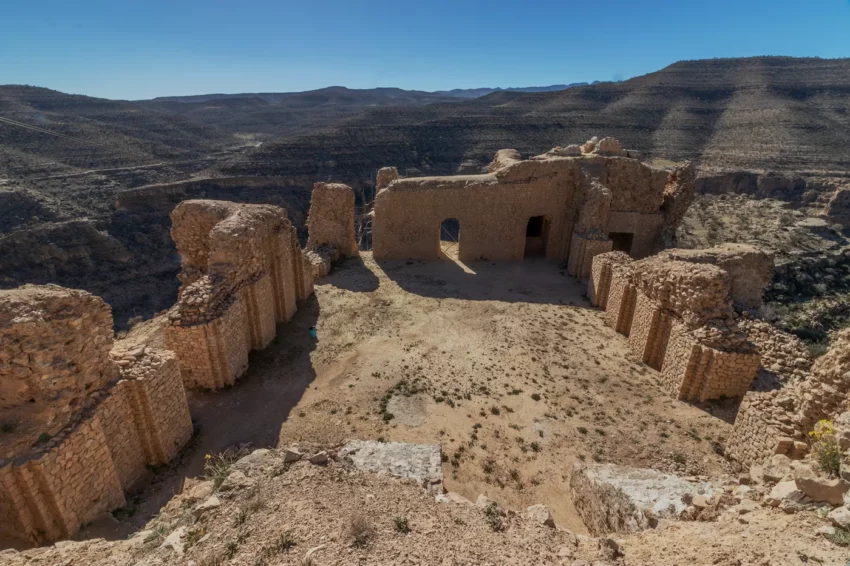The Majestic Qal’eh Dokhtar: An Ancient Marvel
Qal’eh Dokhtar, also known as Dokhtar Castle, stands as a testament to ancient engineering and architectural prowess. Built by Ardashir I in 209 AD, this impressive fortress in Fars, Iran, tells a story of defense, royalty, and ingenuity.
Get your dose of History via Email
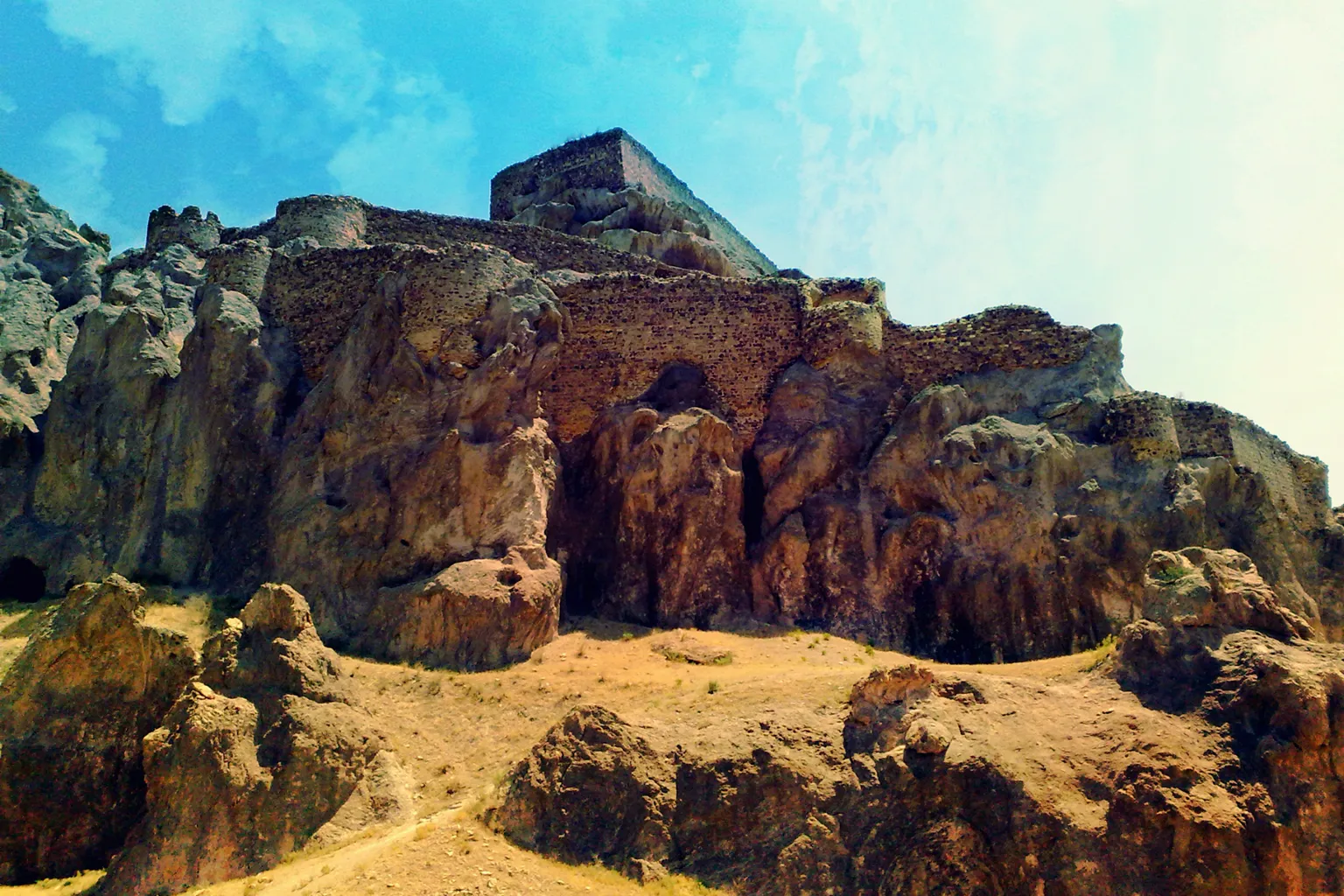
Name and Dedication
The name “Qal’eh Dokhtar” translates to “The Maiden Castle.” This title implies a dedication to the Goddess Anahita, often associated with purity and water. This name adds a mystical touch to the castle’s historical significance.
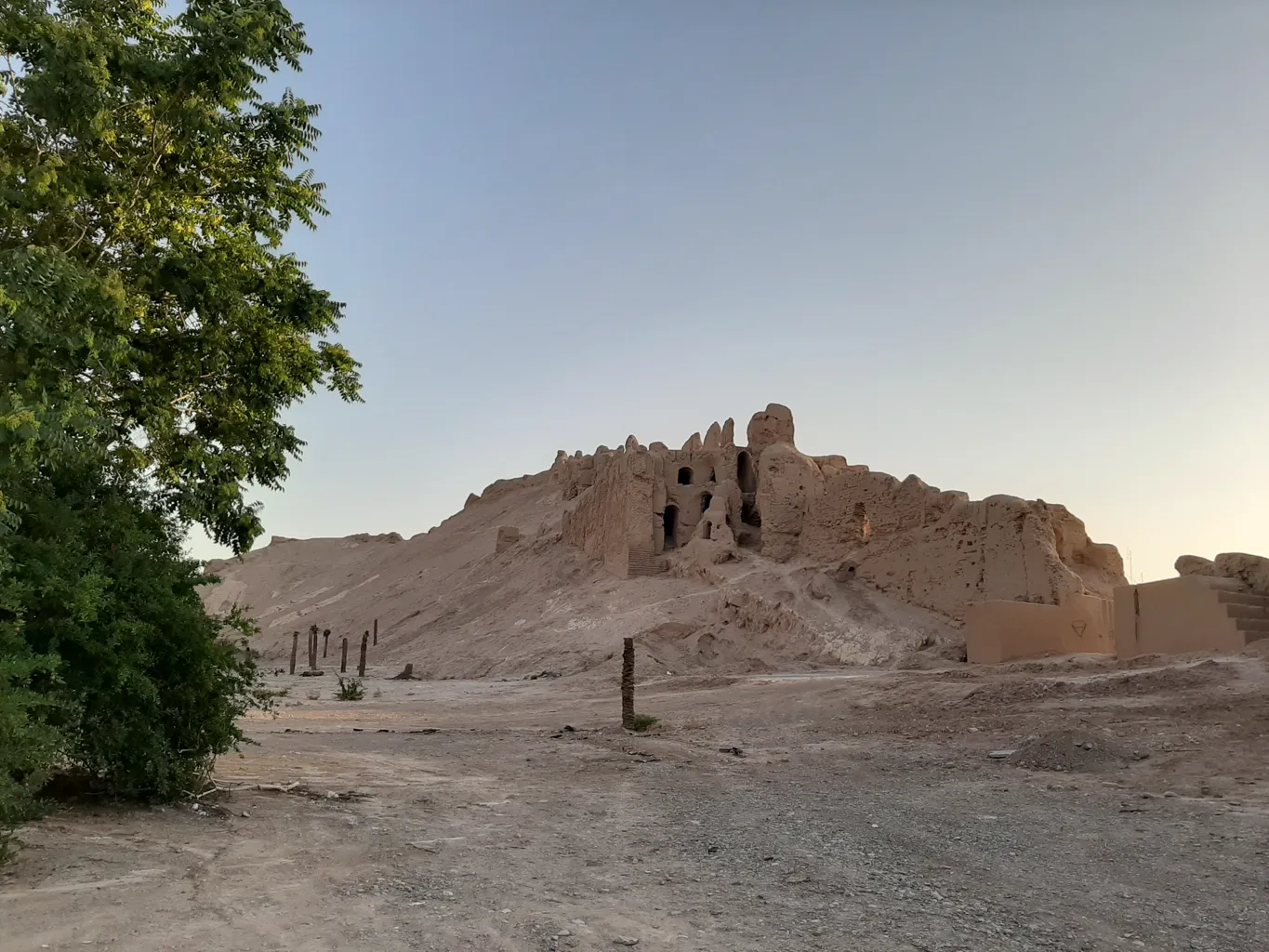
Strategic Location
Perched on a high bluff, Qal’eh Dokhtar overlooks both the river and the roadway leading south from Fars. This strategic positioning allowed for monitoring and defending the region, particularly the route to Firuzabad.
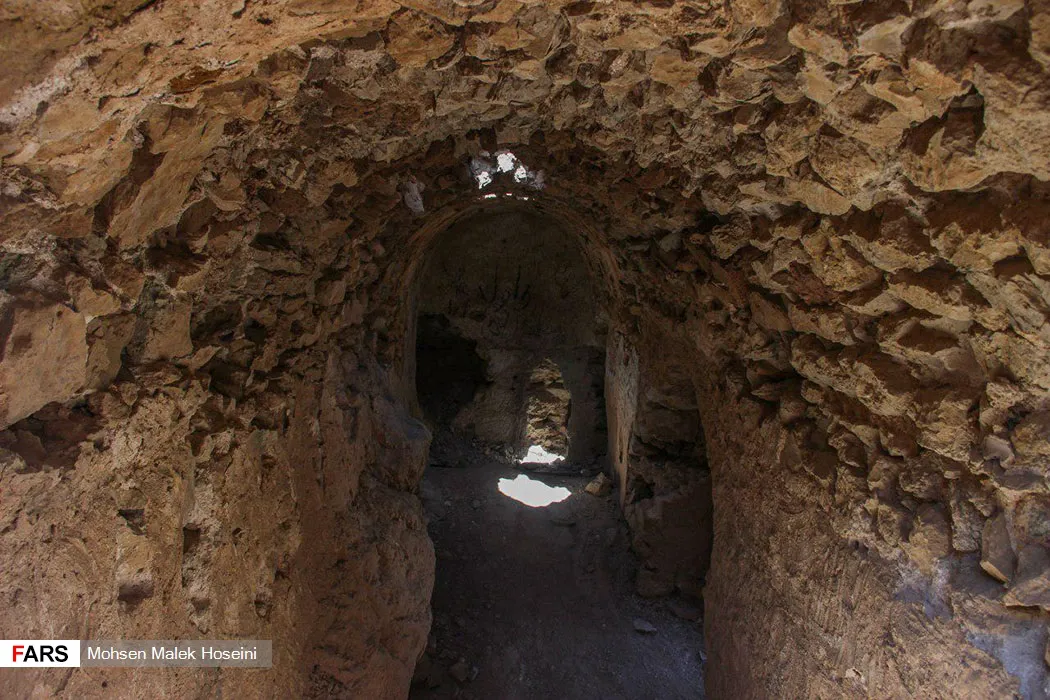
Architectural Features
The castle showcases remarkable construction techniques. Originally, it featured an arched vault roof. A large rectangular room with a domed roof sits on the third level, supported by thick walls and accessed via a spiral staircase. Despite losing four meters of its original height over the last century, the structure still impresses visitors.
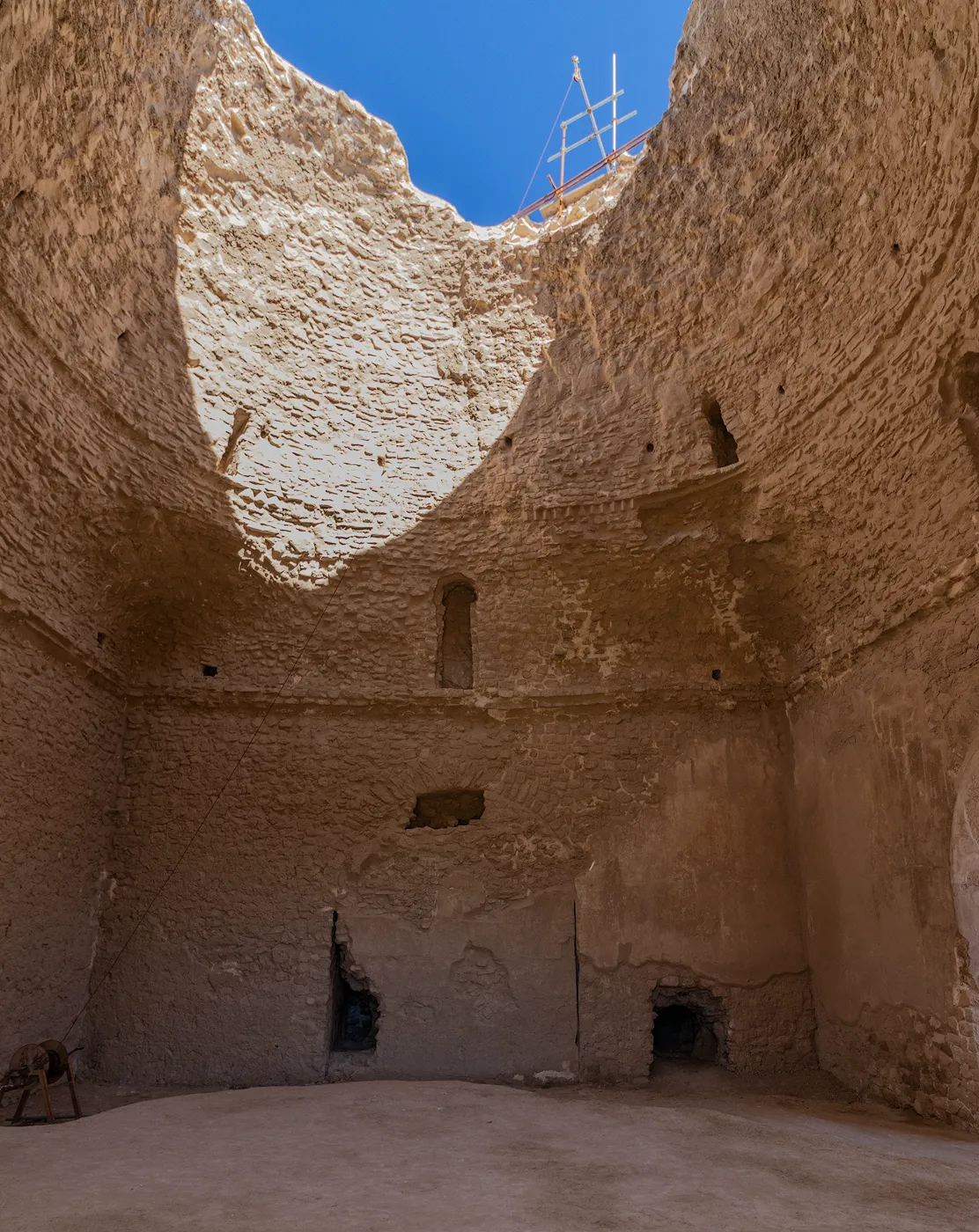
Historical Significance
Ardashir I, the founder of the Sassanian Empire, built Qal’eh Dokhtar during the late Ashkanid period. The castle, now a part of the Sassanian Archaeological Landscape of Fars, gained recognition as an Iranian National Monument in 1937. In 2018, UNESCO included it in the World Heritage Sites list, highlighting its global importance.
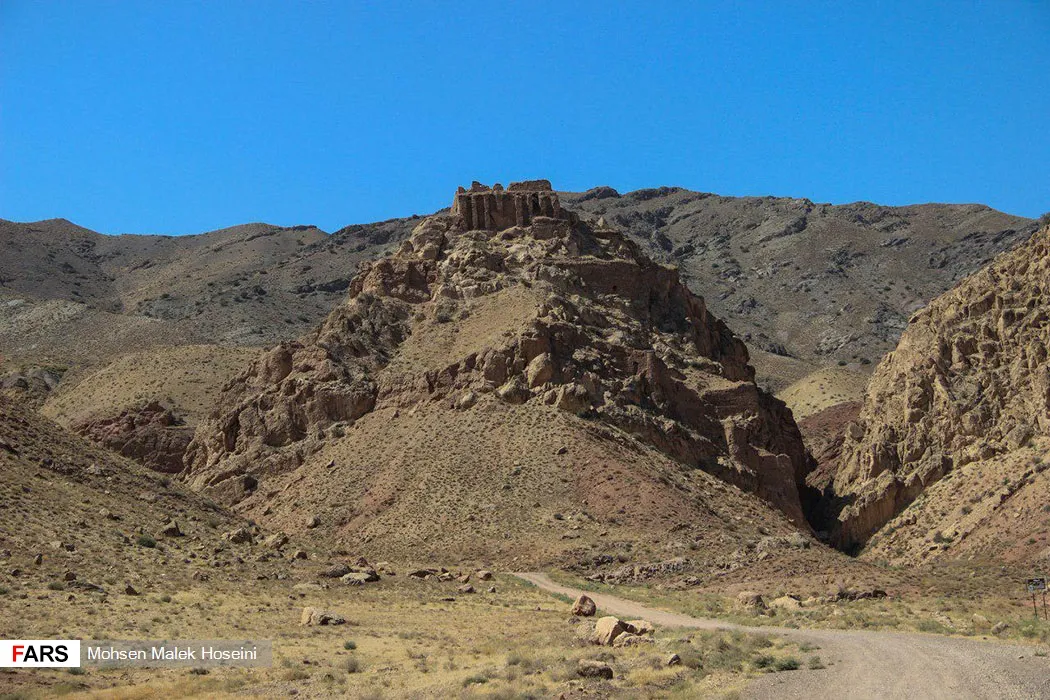
Fascinating Legends
Local legends enhance the allure of Qal’eh Dokhtar. One tale speaks of a cave within the castle that connects to Ardashir Babakan’s palace, offering a secret escape route during sieges. This cave also served as a supply route, ensuring the castle could withstand prolonged attacks.
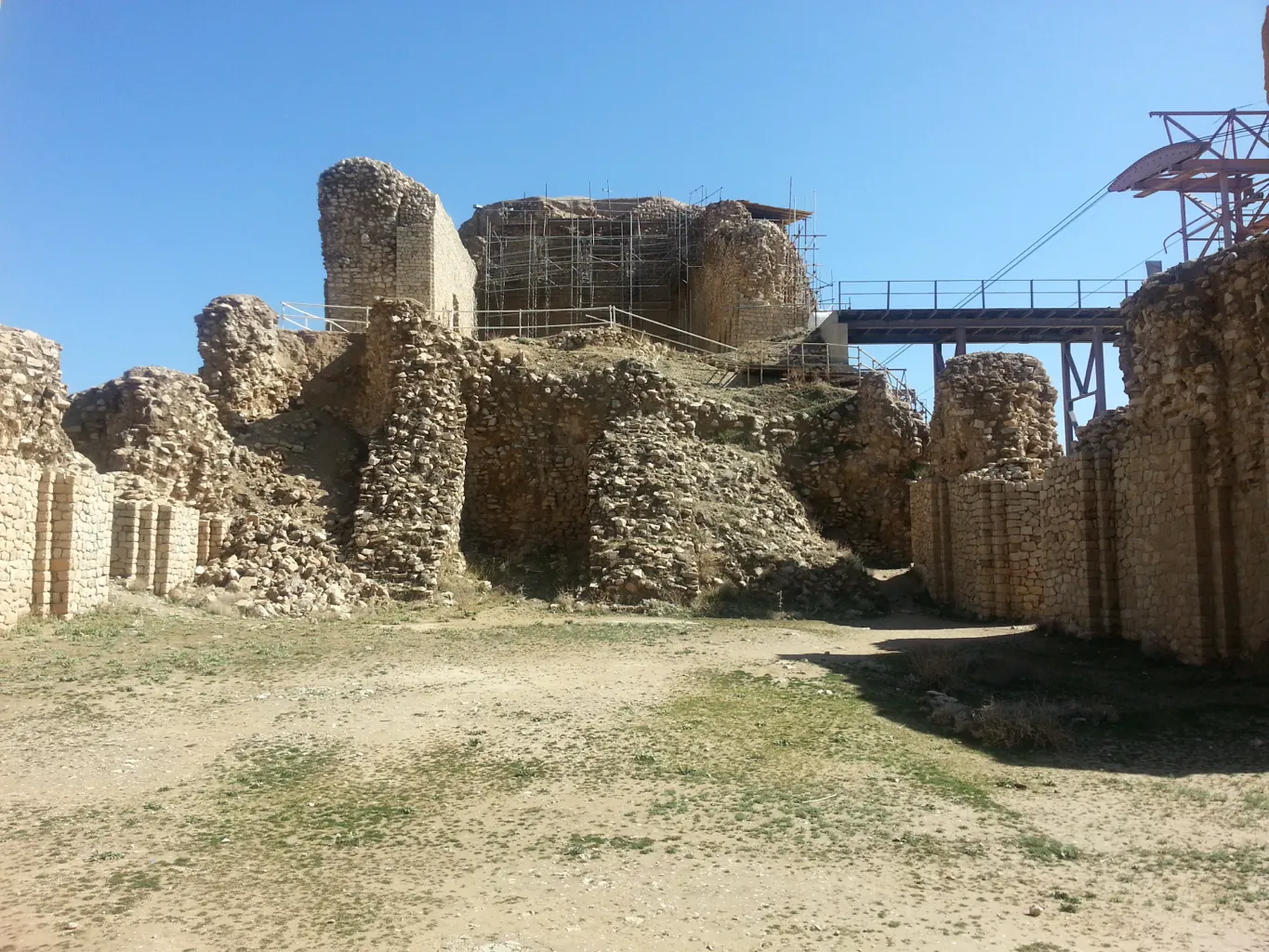
The Castle’s Layout
Built on three levels, Qal’eh Dokhtar features a large courtyard surrounded by rooms on three sides. The original entrance, located on the first floor, leads through a winding, stepped corridor. The castle’s construction used huge stones, with foundations and walls made from large river stones. Despite centuries of erosion, the grandeur of the castle remains evident.
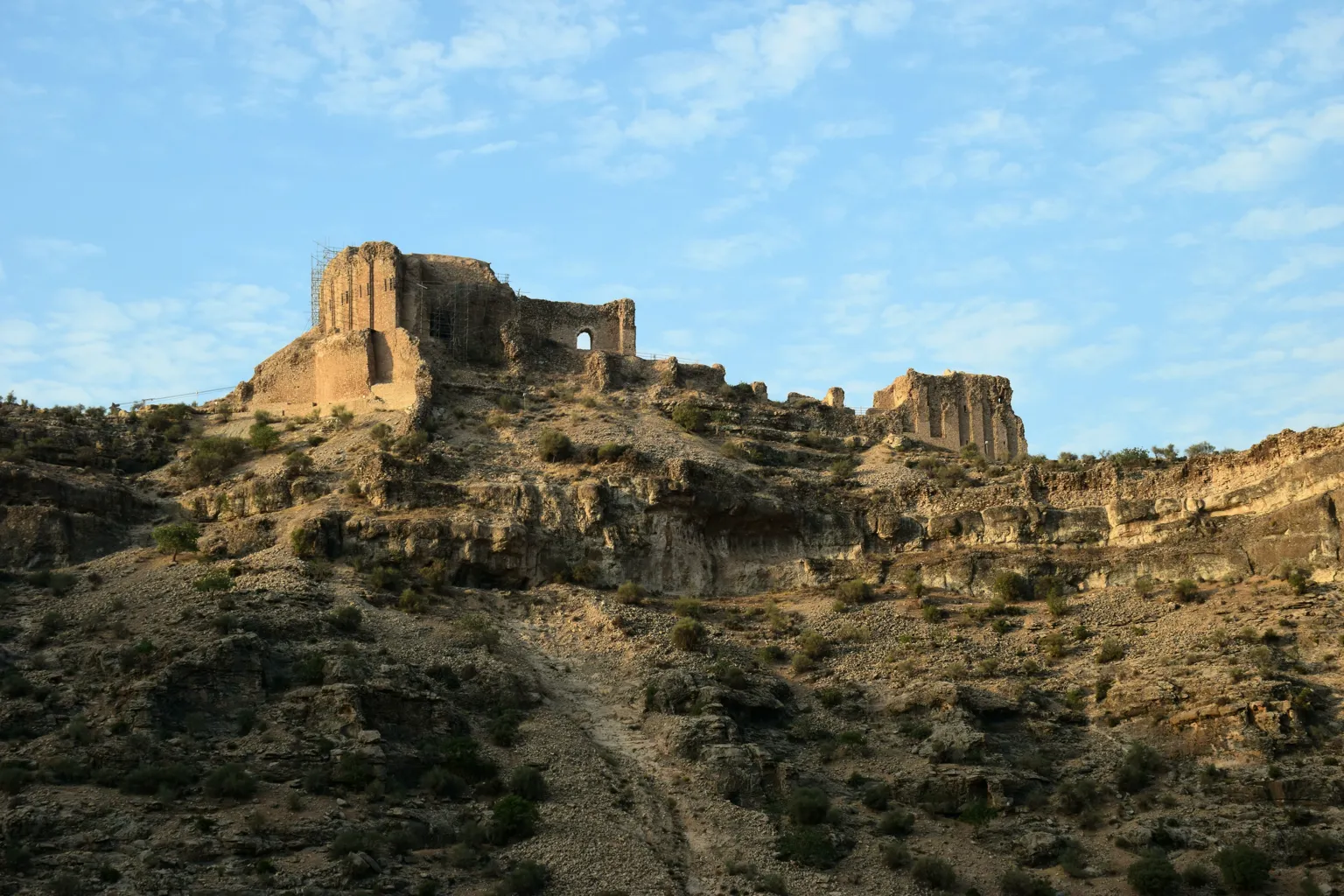
The Castle’s Fame
The Sassanian kings’ political successes shifted the focus from Qal’eh Dokhtar to the Ateshgah Palace, a large palace in the plains of Firuzabad. King Ardashir’s victories necessitated further wars to secure his rule, reducing the immediate threat to Firuzabad. Consequently, Qal’eh Dokhtar transitioned from a defensive stronghold to a luxurious royal residence.
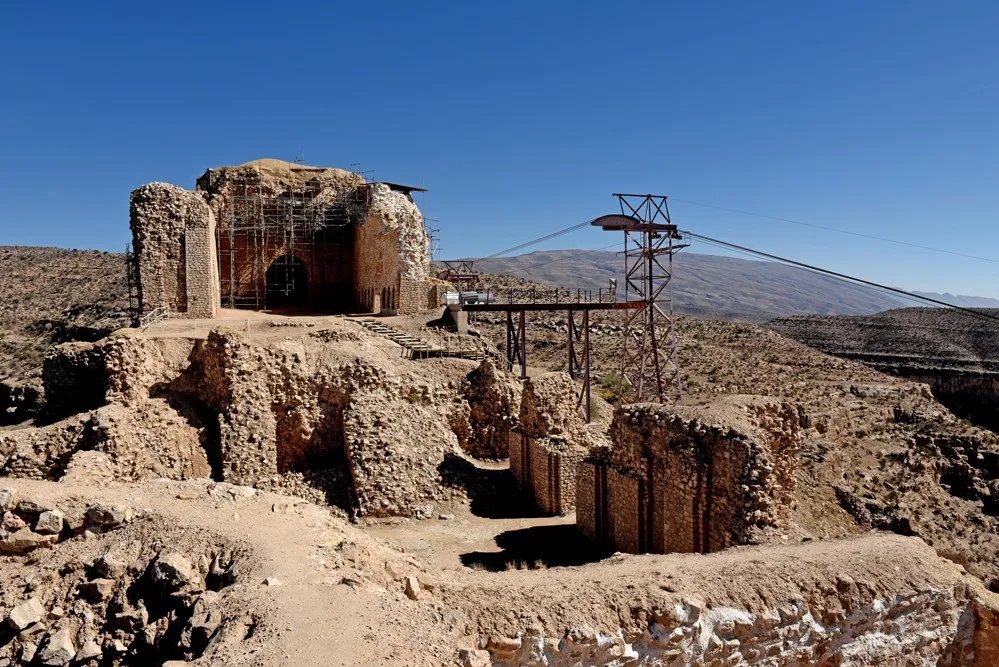
Visitor Experience
Today, Qal’eh Dokhtar attracts tourists and history enthusiasts. Its historical significance, combined with the breathtaking views from its high bluff, offers a unique glimpse into the Sassanian era. The castle’s interconnected rooms, corridors, and stone water fountains showcase the ingenuity of ancient builders.
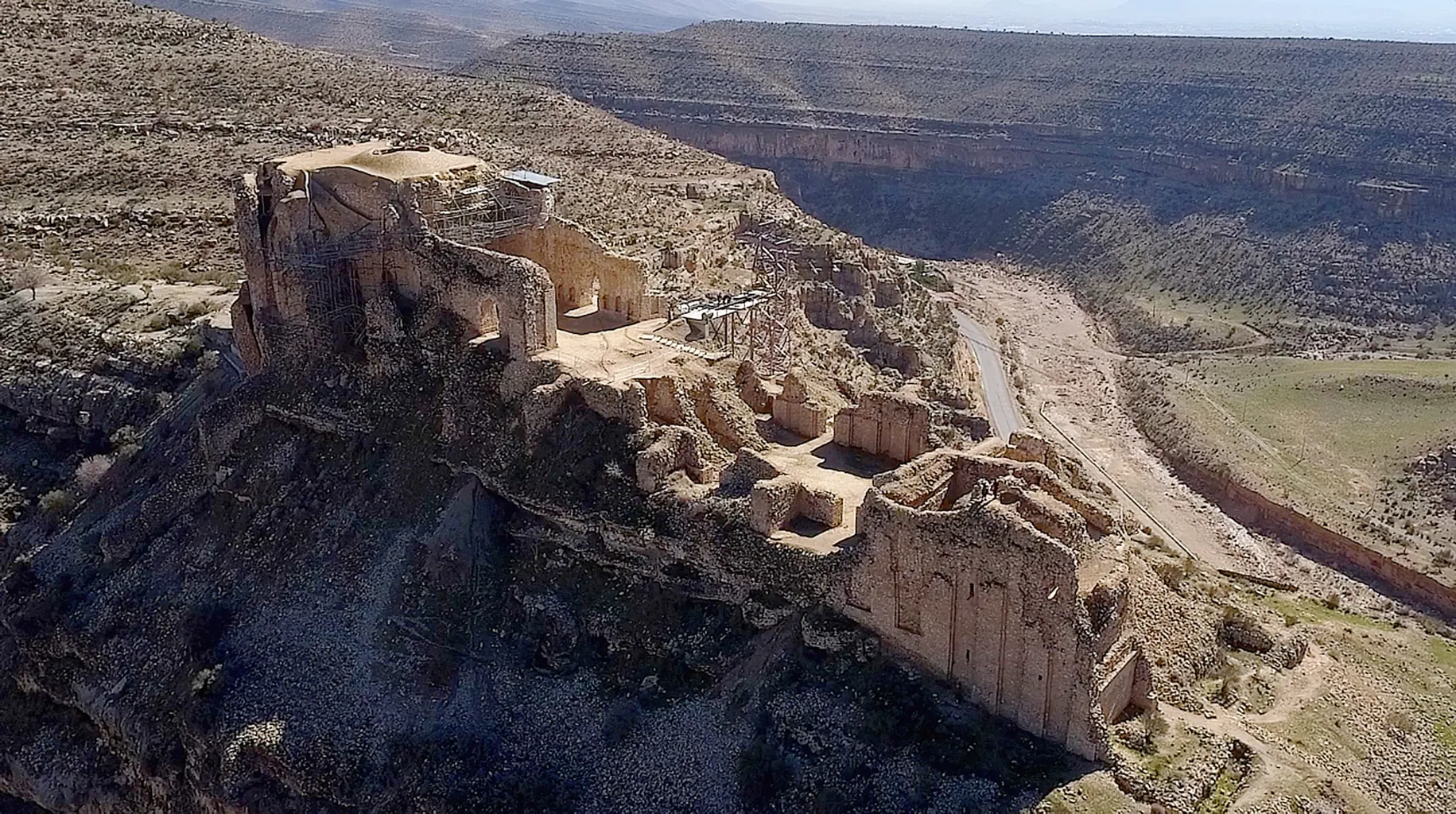
A Monument of History
Qal’eh Dokhtar stands as a monument to the Sassanian Empire’s legacy. Its architectural marvels and strategic significance make it a fascinating destination for those interested in ancient history and culture. The castle continues to inspire awe and admiration, much like it did over 1,800 years ago.
Sources:

